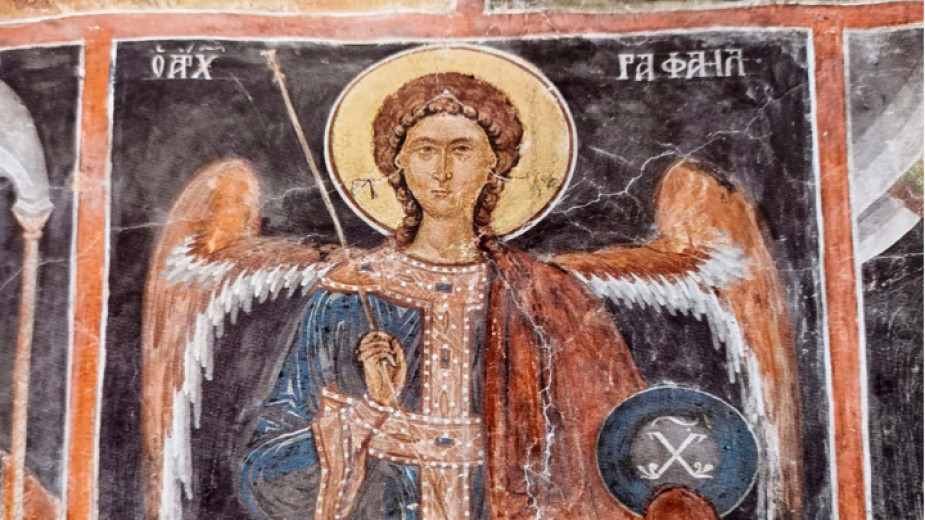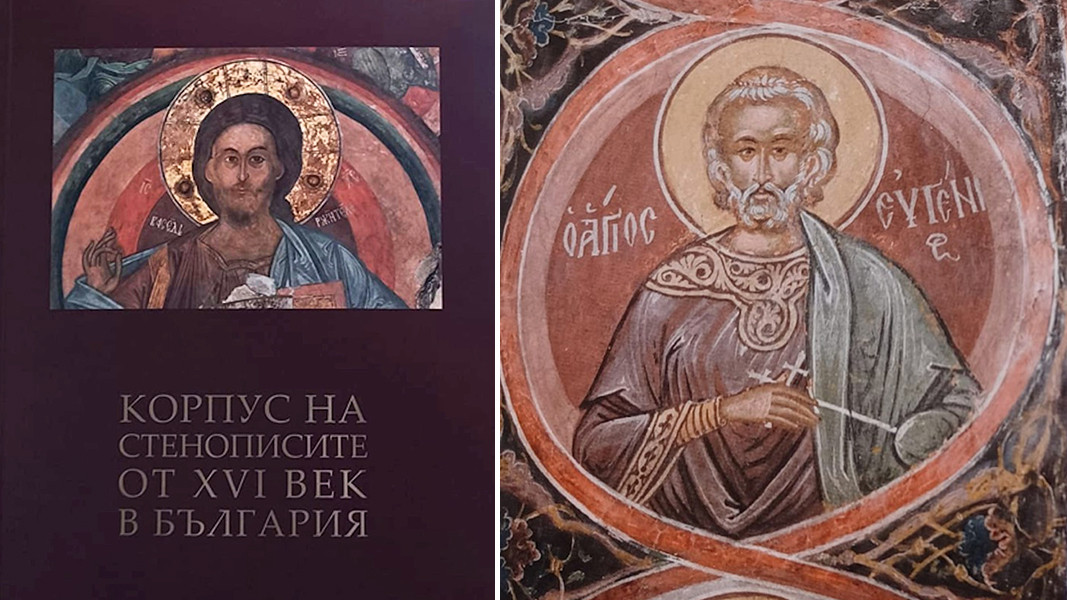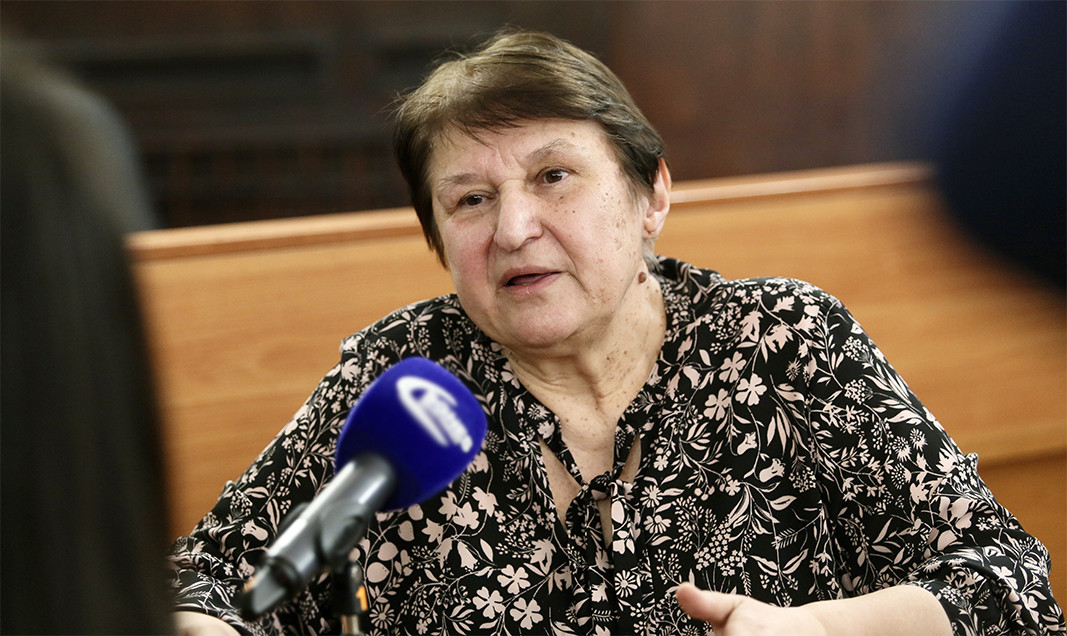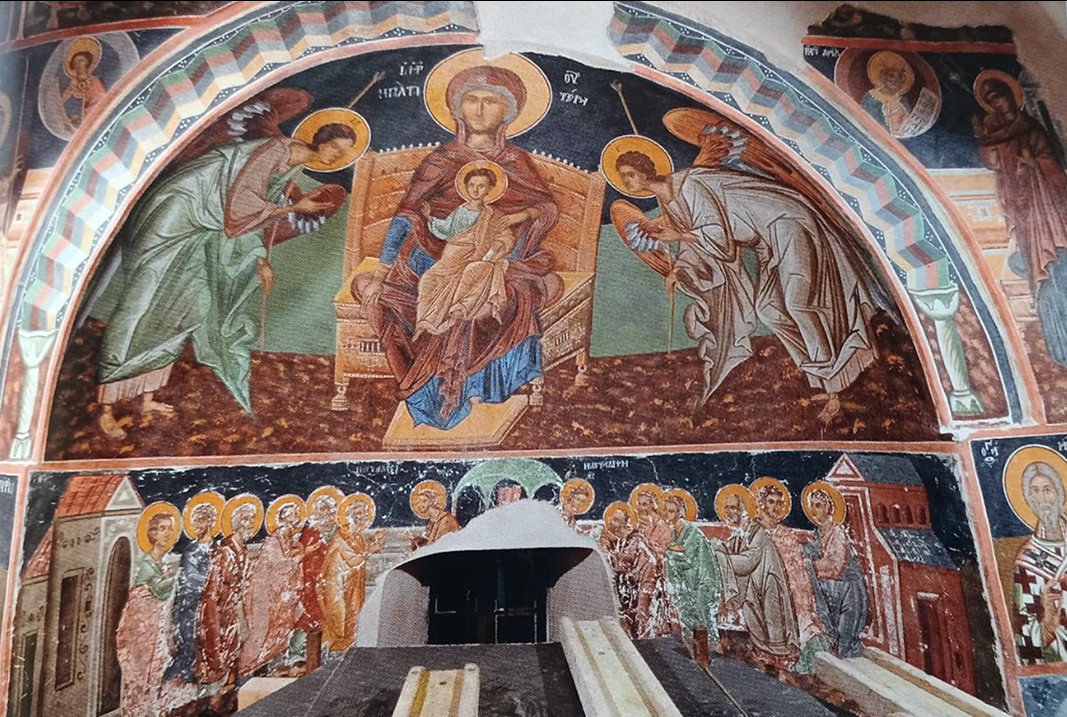 7
7




In the centuries-old tradition of the Bulgarian Orthodox Church, the laity have always greeted the new cleric or bishop with exclamations of "worthy". In this way they express their respect and hope that he will wisely lead the congregation to spiritual..
On May 29, the remains of Tsar Ferdinand will be transported from the city of Coburg to Sofia by military plane, which will land at the government VIP terminal of Sofia Airport around 2:00 PM. The coffin will be solemnly taken down and placed in a..
Is the Slavic alphabet Bulgarian? With the different interpretations of the historical facts taken out of the specific context, more and more often we can read that the brothers Cyril and Methodius from Thessaloniki..
On May 29, the remains of Tsar Ferdinand will be transported from the city of Coburg to Sofia by military plane, which will land at the government VIP..
In the centuries-old tradition of the Bulgarian Orthodox Church, the laity have always greeted the new cleric or bishop with exclamations of "worthy". In..

+359 2 9336 661
